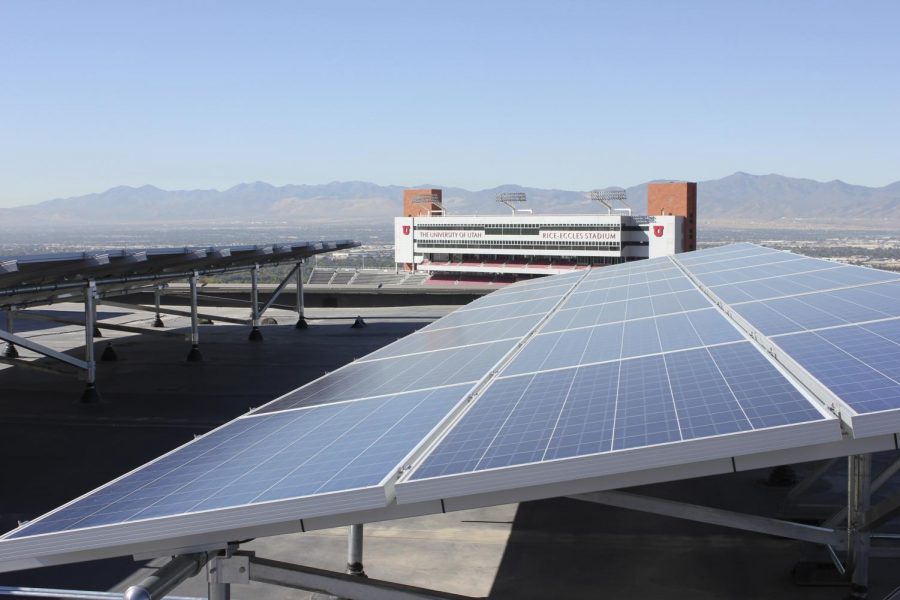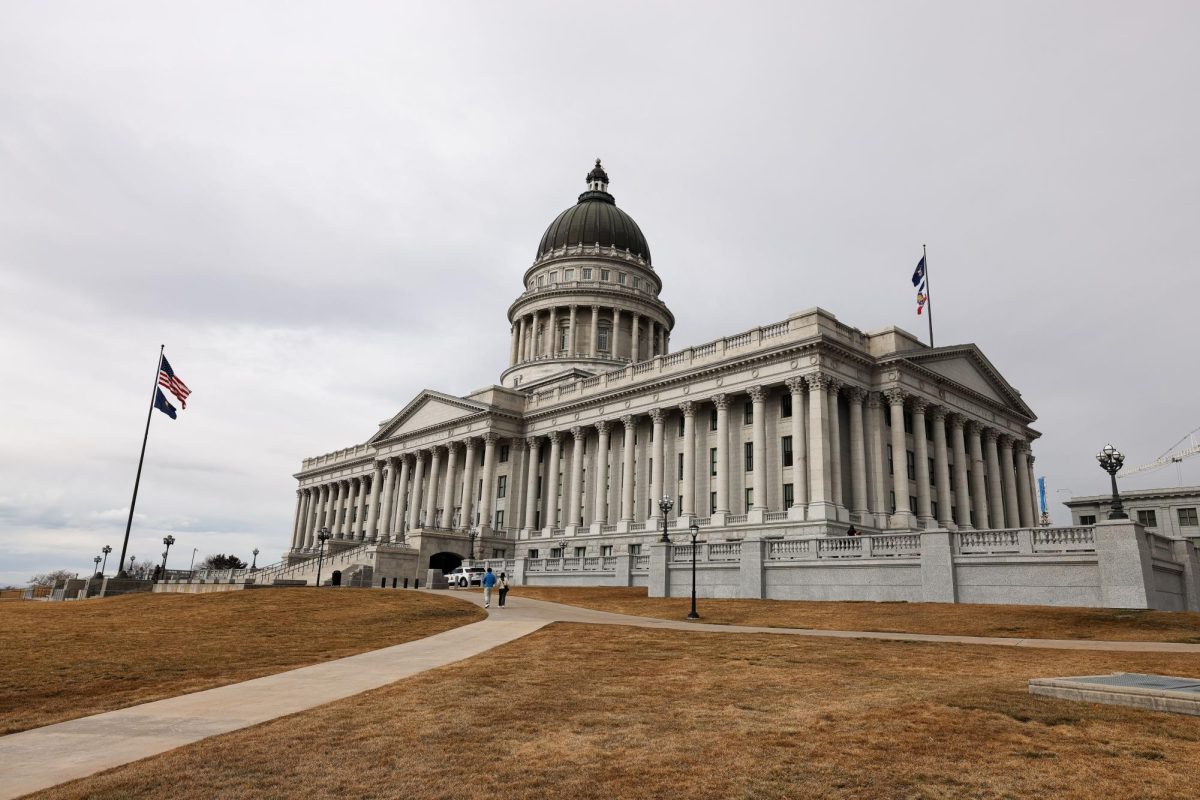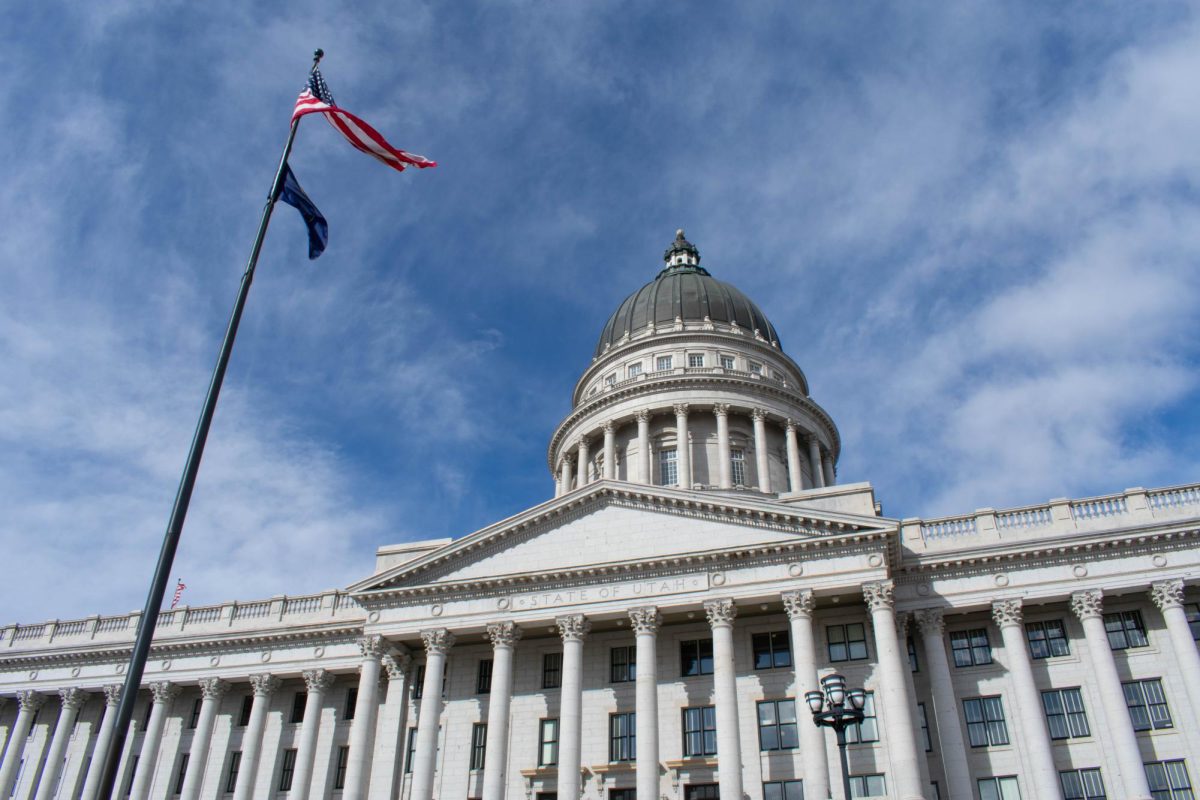Geothermal Energy is Changing the Electricity Scene at the U
January 2, 2022
On Nov. 1, 2019, the University of Utah signed a partnership with Cyrq Energy and Rocky Mountain Power in a deal ensuring — for the first time ever — the U will receive over half its electricity from clean renewable sources. This project also involved the use of a new rate tariff, which will allow “large customers to be able to choose and negotiate the costs of off-site renewable energy to be delivered through the grid.”
The U’s geothermal power purchase and sustainability efforts were featured in this year’s Sustainable Campus Index by the Association for the Advancement of Sustainability in Higher Education.
Each of the leading universities and institutions included were assessed using the Sustainability Tracking, Assessment & Rating System, a framework allowing universities to “measure, report and strengthen their contributions to global sustainability.”
Additionally, the Environmental Protection Agency also ranked the U No. 10 for green power use among universities in 2021. After the new solar power purchase agreement is online and rolling next summer, the University is on track to jump up to sixth on that same list.
“It’s very important to note that our electricity, what’s known as Scope 2 for greenhouse gas emissions, was actually the largest part of the University’s carbon footprint,” said Christopher Benson, the associate director of sustainability and energy within the U’s facilities management department. “Even if we had the most perfect buildings — which is where the majority of our energy is used — and even if we had the best technologies today, we still need energy. Finding a renewable source for the energy we require is an essential part of meeting the University’s commitment to carbon neutrality.”
In the past, sustainability initiatives at the U centered around existing technology and employing collaborations within the community to implement change on a larger scale. With the U’s more recent commitment to carbon neutrality, finding renewable sources to supply the energy required was at the forefront.
“Even something as simple as sharing resources and starting a conversation can make a big improvement,” said Lissa Larson, the senior project engineer within the sustainability and energy division at the U. “That’s just something I really love. You don’t have to reinvent the wheel or find the next big technology. You just have to talk to other people and you can work together through logistics to push progress forward.”
This dramatic jump in renewable energy use resulted from years of work on rate tariff conversations and efforts which made the geothermal power purchase a reality. In conjunction with other improvement projects, the U is on track to adhere to the University’s Strategy 2025 for carbon, which aims to achieve 50% carbon neutrality by the year 2025.
“Before the geothermal contract in 2019, the renewables then supplied 4.6% of our electricity,” Larson said. “When you just think about graphically, how that jump looks to go from 4.6% and then to 53.7% with just one contract, it’s absolutely amazing. And that is where that rate tariff leadership comes in.”
The work for their division and the U does not stop there. With the end commitment to carbon neutrality in mind, they are working cohesively to spread awareness and employ existing technology in order to make steps forward. Innovation was supported by the entire campus community.
“We still have decades of work, but we are already a national leader and things are moving in a really positive direction,” Benson said. “There’s amazing talent that we work with every day that’s pushing this forward … [Our senior leadership] is making sure we have the support and resources we need to make this happen.”








